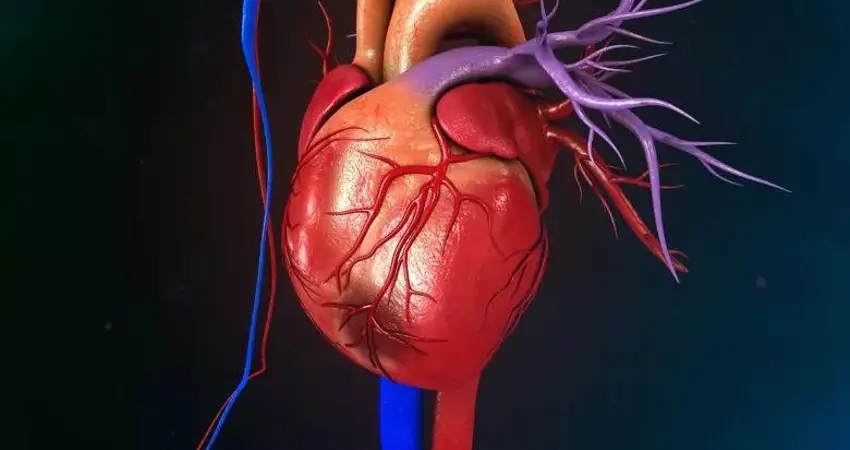28 Jan 2022
3D pattern linked to infarct risks identified by researchers
With their findings, patients will know the risks of suffering a major cardiovascular event such as reinfarction just two days after an infarct

Researchers from Oxford University and the School of Biomedical Engineering & Imaging Sciences at King's College London have identified the specific 3D pattern that is linked to the risks after an infarct, when tissue dies due to inadequate blood supply to an affected area, damaging the heart muscle.
The results of this study, published in JACC Cardiovascular Medicine, were demonstrated in a large clinical cohort of more than 1000 subjects, and the tool can extract the 3D patterns that predict risk in a fully automatic way. With their findings, patients will know the risks of suffering a major cardiovascular event such as reinfarction just two days after an infarct.
In addition, thanks to a conventional MRI scan and the researcher’s advanced analysis tool that unveils the risk of suffering a major cardiovascular event, the patient will have the possibility to take the right medical therapy and lifestyle choices to address their risks with their clinicians.
There are many ways our heart can contract to push the blood towards every corner of our body, but there is a specific impairment that is especially bad for your future health after an infarct.
Lead researcher Jorge Corral Acero of Oxford's Institute of Biomedical Engineering (IBME), said the study sheds light on how our heart responds after an infarct episode and builds understanding on heart function towards a more preventative medicine. Jorge works with Professor Vicente Grau Colomer, lead supervisor for the study, in the IBME's Biomedical Image Analysis Group.
"This means that the over 100,000 patients that suffer from a heart attack each year in the UK could be now better stratified into high or minimal risk to be accordingly treated and followed up. This prevents secondary outcomes such as reinfarction or death, while avoiding unnecessary procedures like invasive surgery", says Jorge.
In addition, the tool automates the analysis of key metrics of the heart, removing inconsistencies and saving time for clinicians that can be reinvested in patient care.
"When someone suffers an infarct, there is an increased risk that the injury caused by the infarct will strike back in the future. Knowing and predicting those risks is the gap we have addressed with this research. Luckily, today's healthcare practices achieve a large number of survivors of an infarct", says Professor Pablo Lamata, the research lead at King's.




